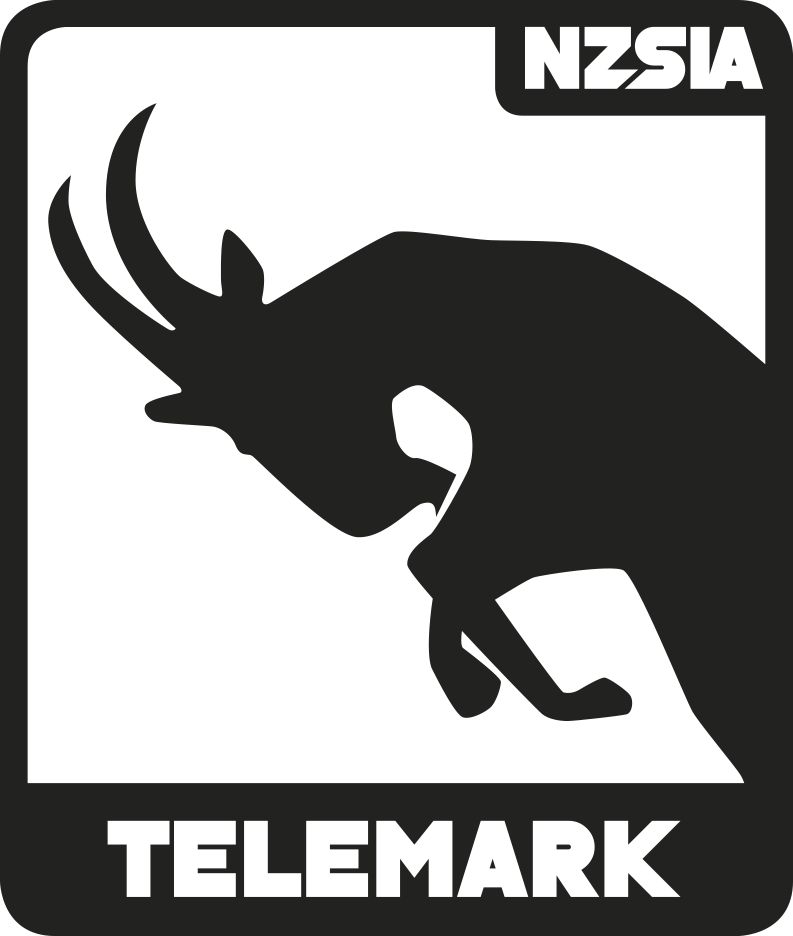Understanding telemark equipment is crucial for performance, safety, and progression. Boots, bindings, and skis work together to support balance, pressure control, and steering in various conditions. Telemark boots come in two types: the traditional 75mm boots with a duckbill for older bindings and the NTN boots for better lateral control and power transfer. Bindings should balance freedom of movement with edge control, with NTN systems offering superior power transmission. Skis are chosen based on terrain, with flex, width, and rocker affecting performance, while poles assist with rhythm and balance. Proper equipment setup, including boot-binding compatibility, edge sharpness, and ski waxing, is essential for maximizing performance.
Telemark Equipment
Understanding telemark equipment is essential for effective performance, safety, and progression. The gear setup influences the skier’s ability to maintain balance, pressure control, and steering movements across a variety of terrain and snow conditions.

Boots
Telemark boots are designed with a bellows under the forefoot to allow for flexion during the lead change.
- 75mm (Three-Pin or Duckbill) Boots
- Classic telemark boot with a protruding “duckbill” toe.
- Compatible with older 3-pin or cable bindings.
- More traditional, often softer flex.
- Becoming less common in favour of NTN.

- NTN (New Telemark Norm) Boots
- No duckbill; instead, boots have a second heel insert for secure step-in connection.
- Compatible only with NTN bindings (e.g., Rottefella Freedom, Freeride, Meidjo).
- Better lateral control and power transmission.
- Easier to step into, more efficient for touring and ski performance.
- No duckbill; instead, boots have a second heel insert for secure step-in connection.
- Fit and Flex: A well-fitted boot supports ankle articulation and gives responsive control. Stiffer boots offer more support and energy transfer, while softer boots allow for more movement and forgiveness.
- Cuff Alignment: Ensure cuff alignment matches the skier’s leg shape to promote balanced edging and lateral support.
- Tech-Toe + NTN Hybrid bindings combine uphill efficiency with downhill performance.
- Combine a tech (pin) toe piece with an NTN heel for efficient uphill travel and solid downhill performance.
- Require NTN-compatible boots with tech inserts.
- Free pivot touring mode provides excellent stride efficiency when skinning.
- Lightweight setup ideal for backcountry or ski touring telemarkers.
- Solid edge control and progressive flex on the descent.
- Often requires careful setup and adjustment — check toe engagement and heel height before use.
Bindings
Telemark bindings allow the heel to lift, enabling the lead change and stance variation unique to the discipline.
- Tension and Engagement: Bindings should be tuned to balance freedom of movement with edge control. High-tension bindings provide better power transfer but require stronger movement patterns.
- Types:
- 75mm (duckbill) bindings offer traditional feel with free pivot points.
- Traditional telemark system with a three-pin or cable design.
- Offers a classic telemark feel with a flexible bellows and free heel.
Free pivot touring options available on some models for improved uphill efficiency. - Bindings have a left and a right — skis must be paired correctly with the corresponding boot.
- Leashes should always be worn on the outside of each ski to prevent entanglement.
- Boot heels must align with the heel pads on the binding for proper performance and retention.
- Requires manual step-in and step-out — practice safe transitions on flat terrain.
Correct Set Up

Incorrect Set Up

- NTN (New Telemark Norm) systems offer better power transmission, step-in convenience, and safety release features.
- Offers increased power and edge control through a boot-binding interface under the foot.
- Compatible only with NTN boots (no duckbill).
- Step-in convenience on most systems for easier transitions.
- Safety release mechanisms are available on many models.
- Generally more active bindings — increased energy return and engagement.
- No need to worry about left/right ski placement — system is symmetrical.
- Often include options for brakes instead of leashes
Skis
Telemark skis are typically similar to alpine skis but may be selected or tuned differently depending on the skier’s goals and terrain.
- Flex Pattern: A balanced flex throughout the ski supports both the lead and trailing leg during turns.
- Width and Rocker: Wider skis with moderate rocker improve flotation in variable conditions, especially in powder. Narrower skis with less rocker promote quicker edge-to-edge transitions on groomers or firm snow.
- Mount Point: Binding placement should account for the telemark stance, often slightly rearward from alpine mount points to improve balance between both skis.
Poles
Poles provide rhythm, balance, and coordination.
- Length: Slightly shorter than alpine poles to assist with the lower stance in telemark skiing.
- Grip and Basket: Ensure grips allow for strong pole plants, and baskets are appropriate for the terrain (e.g., larger baskets for soft snow).
Skins and Touring Setups
Many telemark setups are now designed with uphill capability.
- Skins: Match the width of the ski and ensure secure tail and tip attachments.
- Bindings with Tour Mode: Many NTN or hybrid bindings feature a free-pivot mode for touring.
Maintenance and Setup
Proper setup and maintenance increase performance and safety.
- Boot/Binding Interface: Ensure boots are compatible and securely engage with bindings.
- Edge Sharpness: Keep edges tuned for the snow conditions—sharper for ice and firmer snow, detuned for softer, mixed conditions or park.
- Ski Waxing: Regular waxing maintains glide and protects base material, especially important for touring.
Equipment and Performance
Equipment should support movement, not dictate it. Choose setups that complement your skiing goals and allow you to steer effectively, manage pressure, and maintain an active stance through varied terrain.


